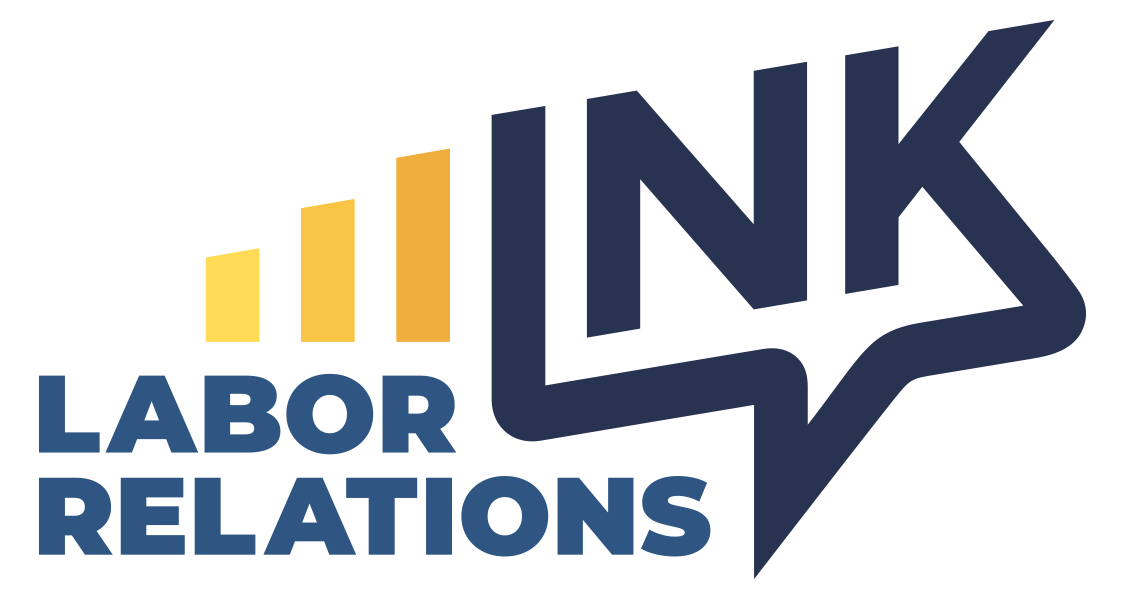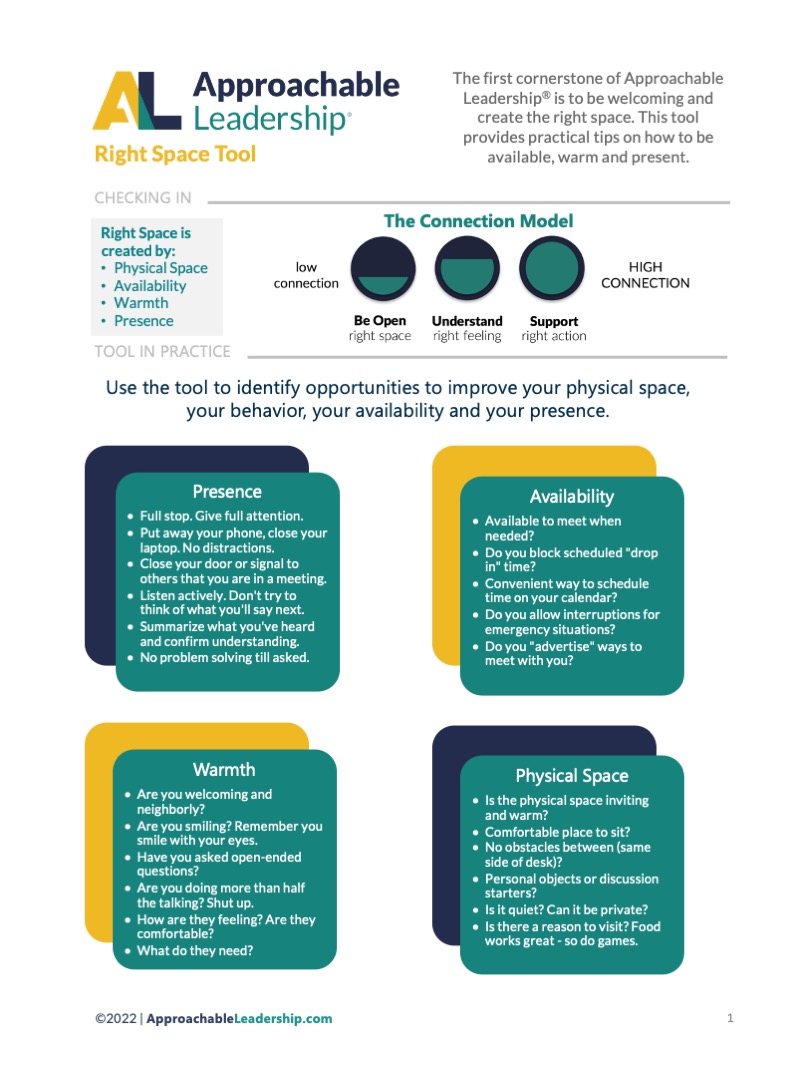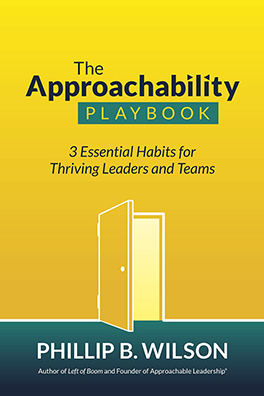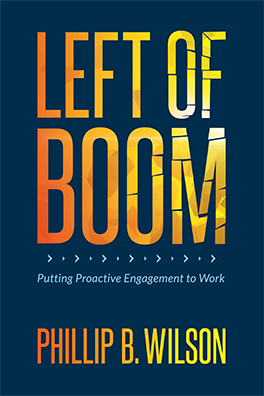Social media policy received additional clarification when the National Labor Relations Board (NLRB) overruled an administrative law judge (ALJ) in Bemis Co., Inc. In the decision, the board indicated its willingness to look at a social media policy as a whole, rather than nitpicking individual sections, to decide if the rule could be construed by a reasonable employee to repress Section 7 activities.
In General Motors LLC and Charles Robinson, the board separate egregious behavior from protected concerted activity. No longer will an employee be shielded from discipline during otherwise protected concerted activity if the employee engages in “profanity-laced speech, as well as racial, ethnic or sexist slurs, or other abusive conduct toward or about management or other employees.”
In Velox Express, the board determined that the misclassification of workers as independent contractors does not constitute a violation of Section 8(a)(1) of the NLRA. An ALJ had ruled that because Velox had misclassified a group of drivers, it had also violated their Section 7 rights. In the article at DLAPiper.com, the authors explain:
“The Board majority held that an employer’s communication to its workers of its opinion that they are independent contractors does not, standing alone, violate the NLRA if that opinion turns out to be mistaken. The Board reasoned that such communication does not inherently threaten those employees with termination or other adverse action if they engage in activities protected by the NLRA, nor does it communicate that it would be futile for them to engage in such activities…
“To impose liability for an employer’s mistaken belief that an independent contractor classification is proper, the Board reasoned, would unduly chill the creation of independent contractor relationships, which would be contrary to the Congressional intent to preserve independent contractor relationships as reflected by the NLRA.”
The UAW corruption scandal has been headline news for some time. The Department of Labor is proposing new rules designed to hold larger union organizations to a higher standard of scrutiny. According to the proposal, unions with annual receipts of $8 million or more would have to submit a new version of the financial reporting form (the LM-2), called a long-form LM-2, and designated LM-2 LF. The new disclosure form would require labor organizations to identify any officers or employees who were paid $10,000 or more by the reporting organization and who also received $10,000 or more as an officer or employee of another labor organization in gross salaries, allowances, and other direct and indirect disbursements during the reporting period. The comment period will end around the end of November.
The deadline to comment on the DOL proposed rule with respect to Independent Contractor status is only a few days away. Under the proposed rule, the DOL has retained but modified the current test, focusing on two core factors and identifying three other factors that may serve as additional guideposts. To review the test and the explanation of the factors, this article provides the details. Comments on the proposed rule must be submitted by October 26, 2020, and can be submitted electronically via the Federal Register website.






